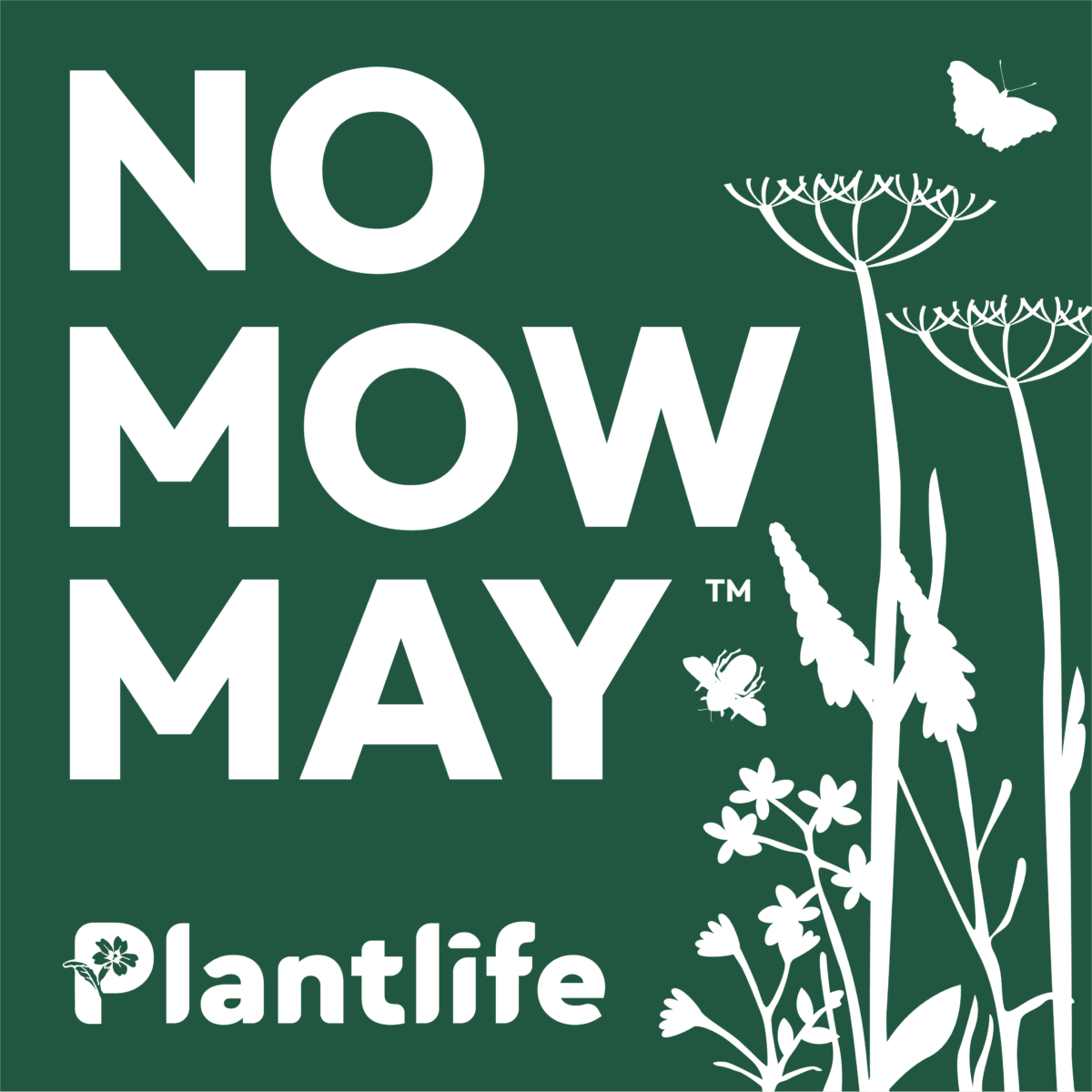Each year, Plantlife launch their national campaign of #NoMowMay. This initiative encourages people across the UK to allow their garden lawns to grow wild in the spring, providing vital habitats for many species. Here at NHBS, this is our fourth year taking part – each year in awe of the diversity of species in our lawn. Find our previous No Mow May blog posts on our conservation hub. Here, we give an update on the species we saw throughout last month.
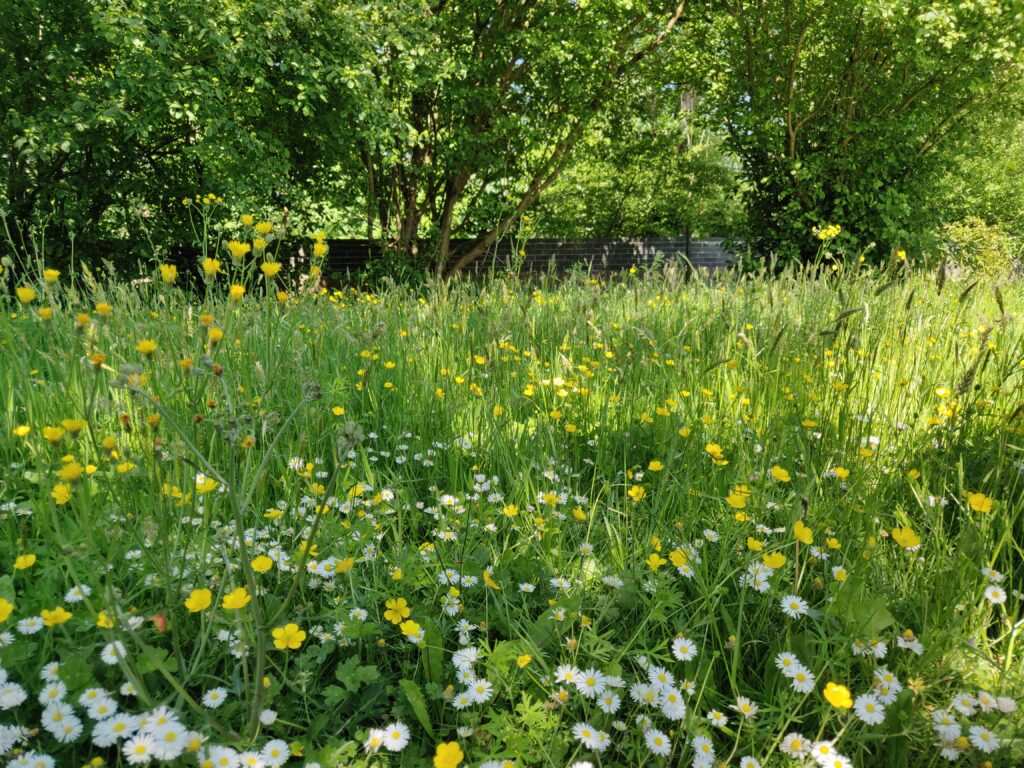
The wilder lawns that develop during No Mow May provide a haven for invertebrate species in our gardens. At NHBS, we saw a whole host of insects in and around our lawn last month, from wasps to weevils and Green-veined White butterflies. Other highlights have included:
A Small Yellow Underwing (Panemeria tenebrata) – a diurnal moth species frequenting meadows and grassland.
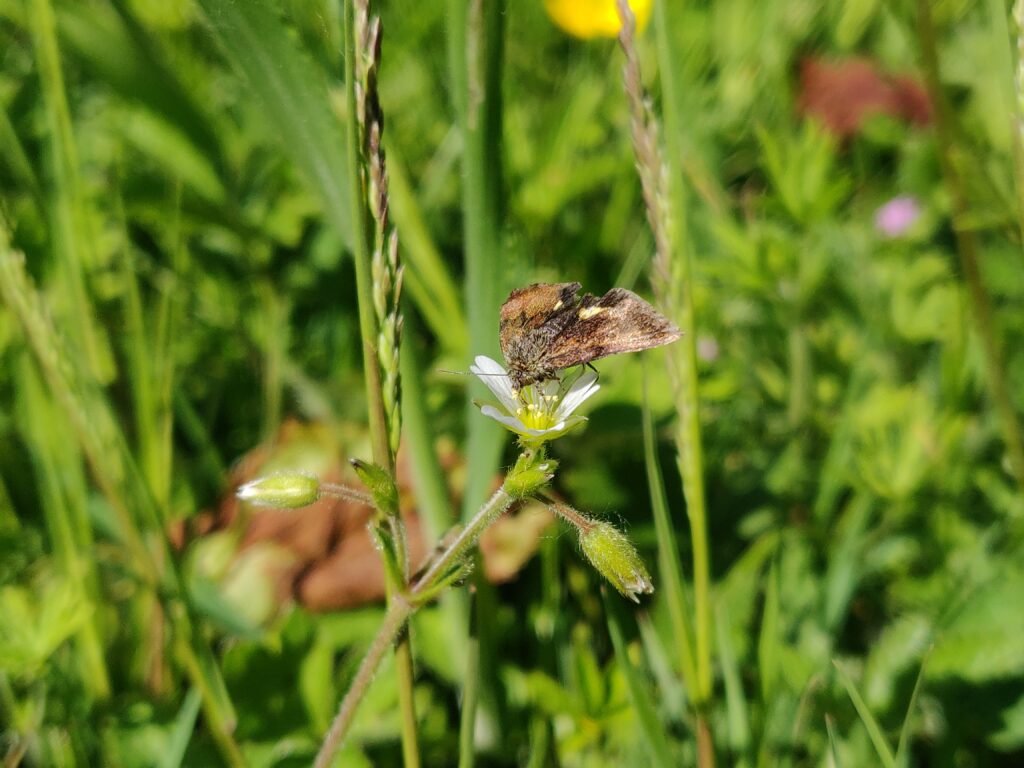
Mayfly (Ephemera vulgata) – found near rivers and areas of freshwater between May and August.
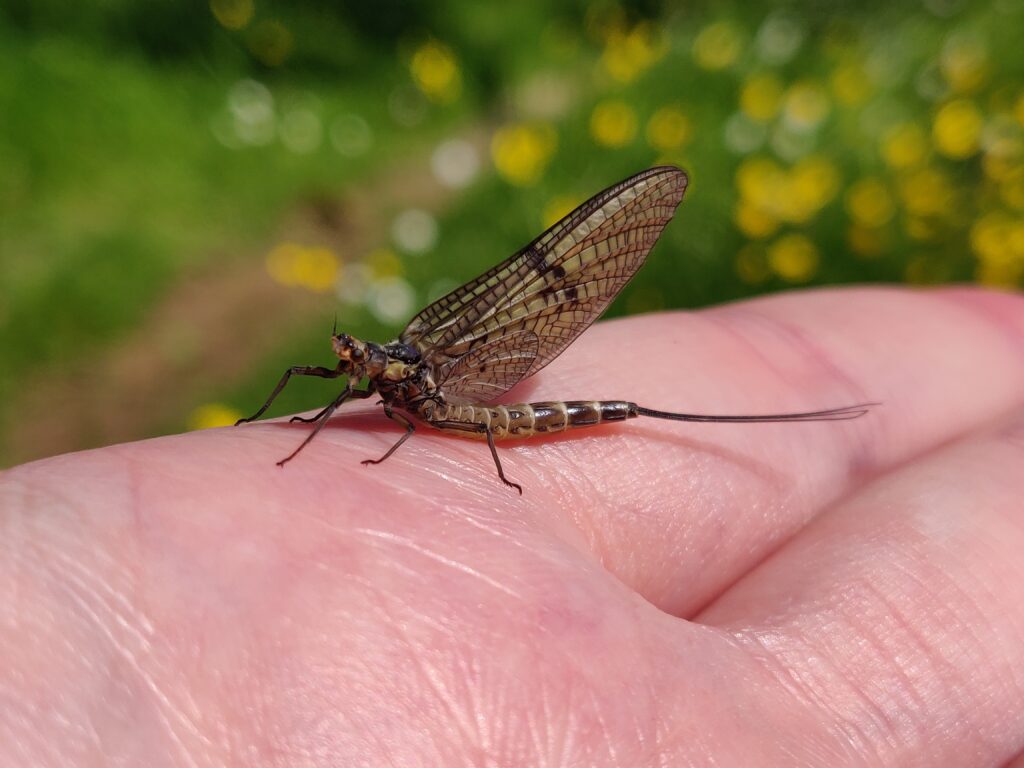
Volucella bombylans – a bumblebee-mimicking hoverfly common throughout the UK.
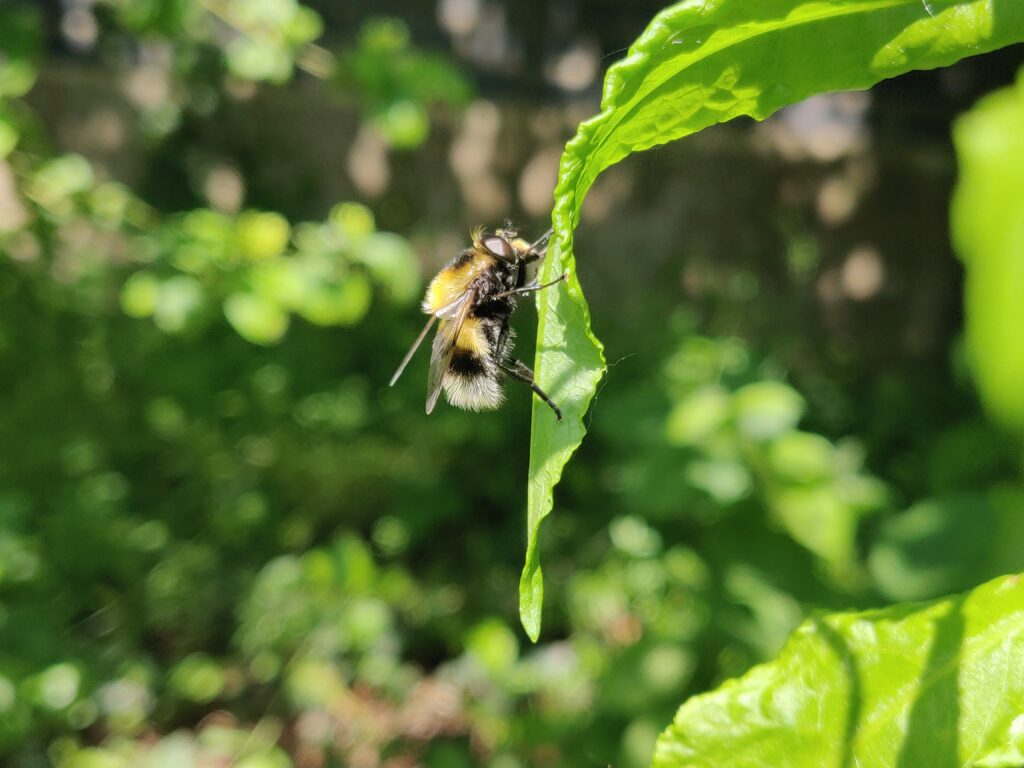
Beautiful Demoiselle (Calopteryx virgo) – a damselfly with a striking blue, metallic body found near rivers and streams.
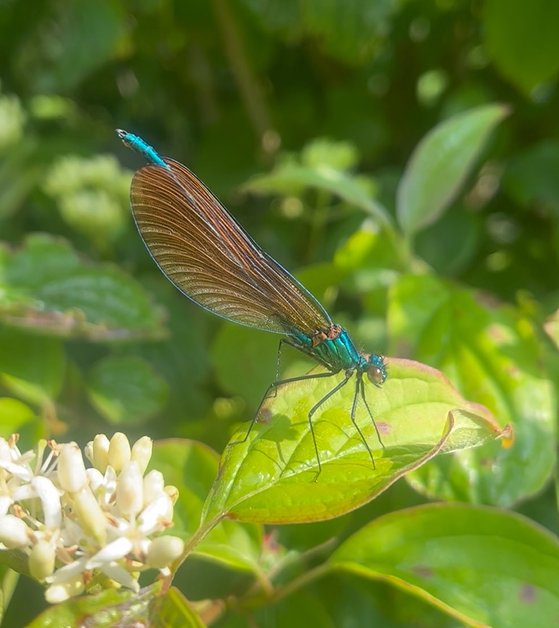
And some beautiful wildflowers, including Red Clover (Trifolium pratense) and Perforate St John’s Wort (Hypericum perforatum). Here are some of our favourites:
The Southern Marsh Orchid (Dactylorhiza praetermissa) – the most common and widespread of marsh orchids, features spectacular purple petals.
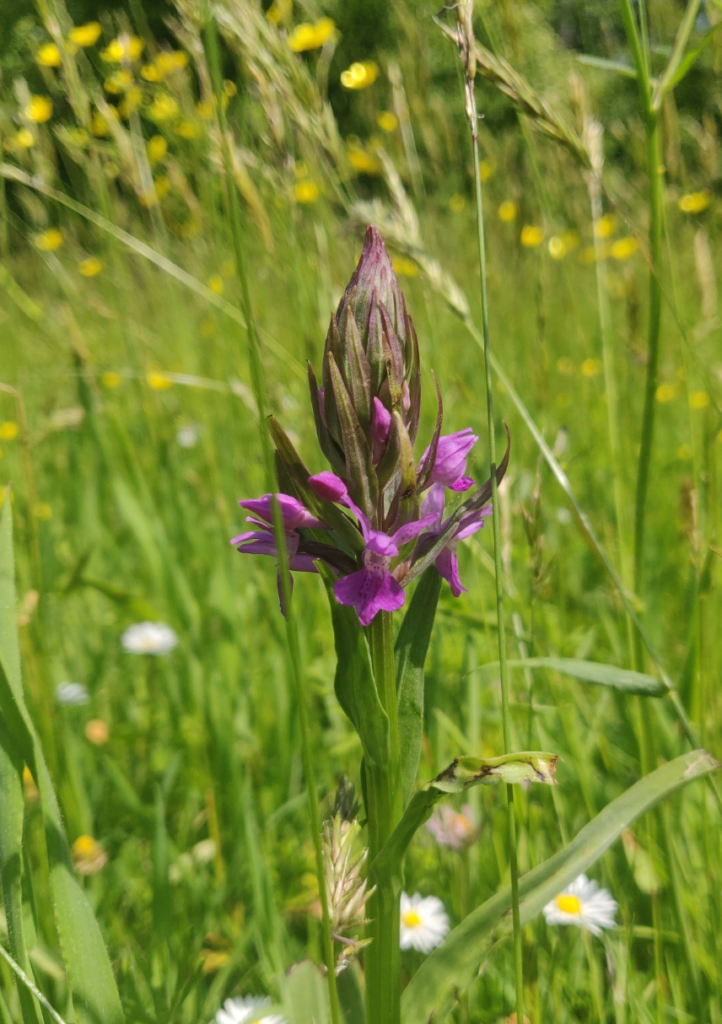
Bee Orchid (Ophrys apifera) – named for its mimicry, the Bee Orchid self-pollinates due to a lack of appropriate pollinators in the UK. The specimen on our lawn has yet to bloom (left), but we have a striking image from last year showcasing the mimicry of this species (right).
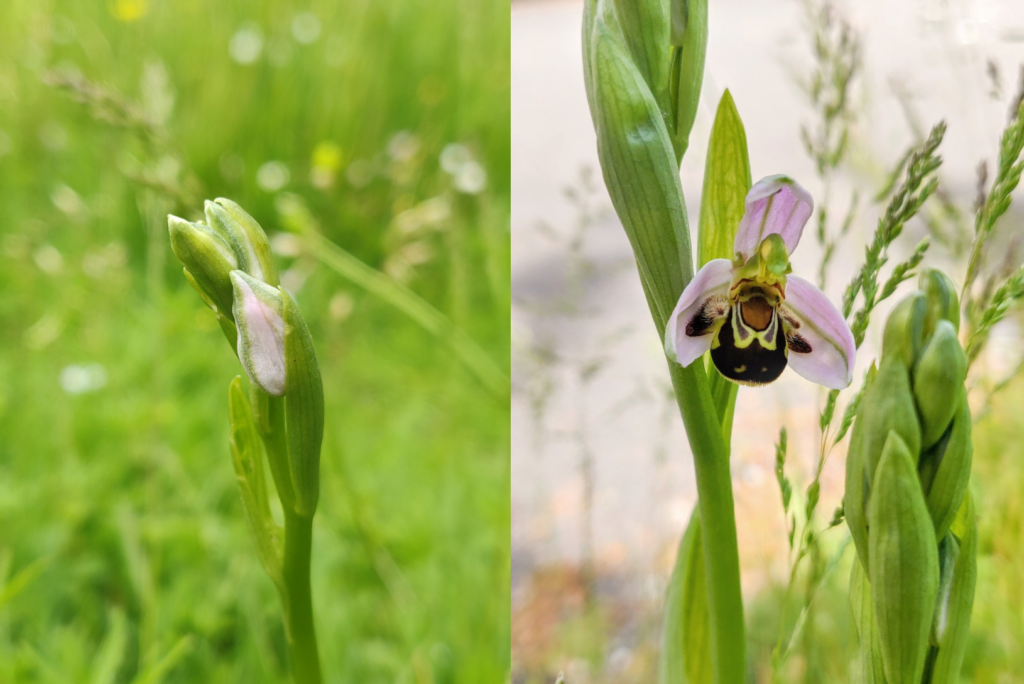
Cuckooflower (Cardamine pratensis) – also known as ‘Lady’s-smock’, this flower is one of the first signs of spring, often found near riverbanks, wet meadows and grassland.
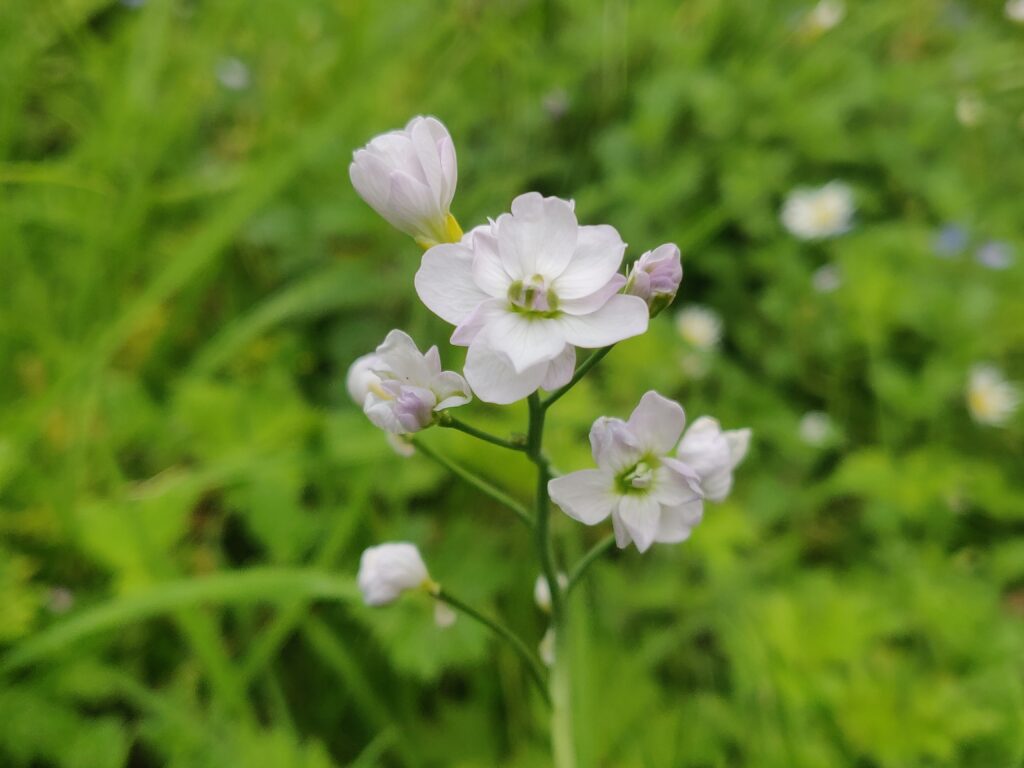
Germander Speedwell (Veronica chamaedrys) – considered a ‘good luck charm’ for travellers, this plant has a beautiful blue flower and is found in meadows, woods and hedgerows across the UK.
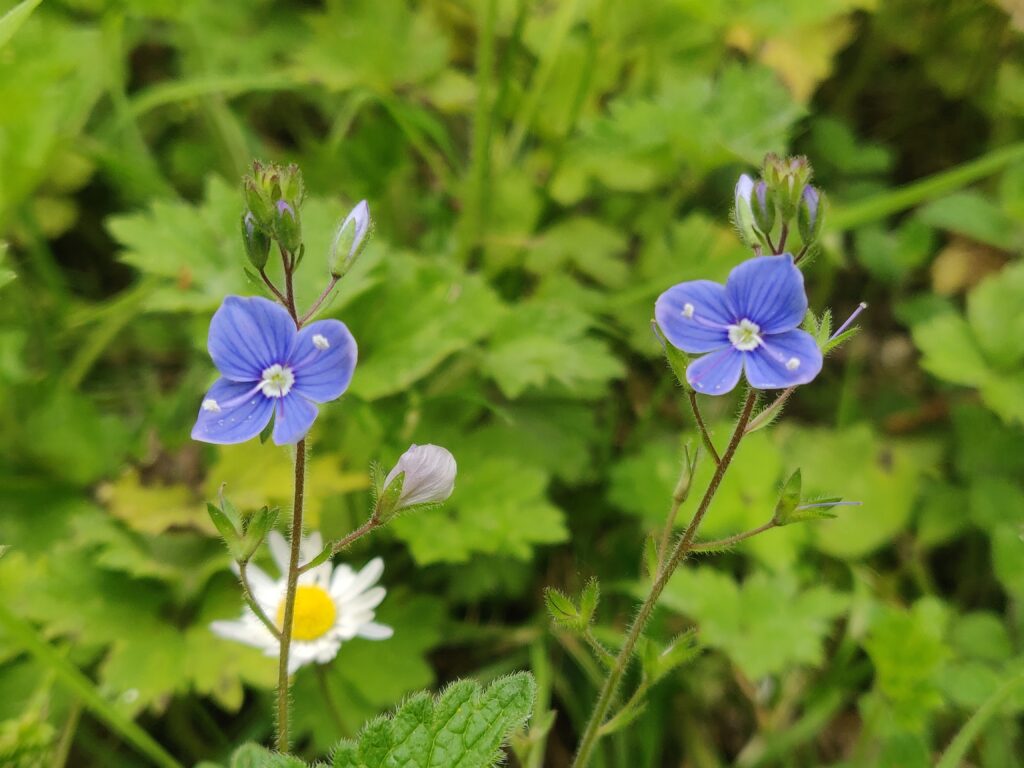
Our Product and Purchasing Manager, Mark, has documented the progress of his local park during No Mow May. Towards the end of the month, the green expanse had varying lengths of grass and plenty of wildflowers, encouraging pollinating species – a great example of how local councils can boost biodiversity in public spaces.
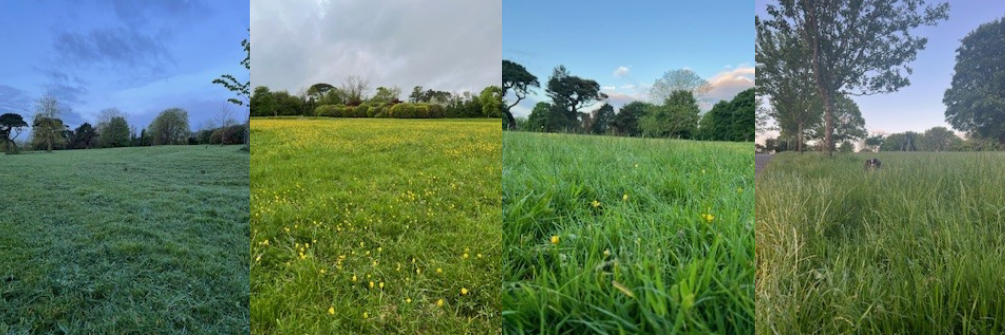
And our Sales and Marketing Manager, Adam, has grown his lawn throughout May creating a corridor for local wildlife brimming with wild buttercups, dandelions and many other self-seeded plants.
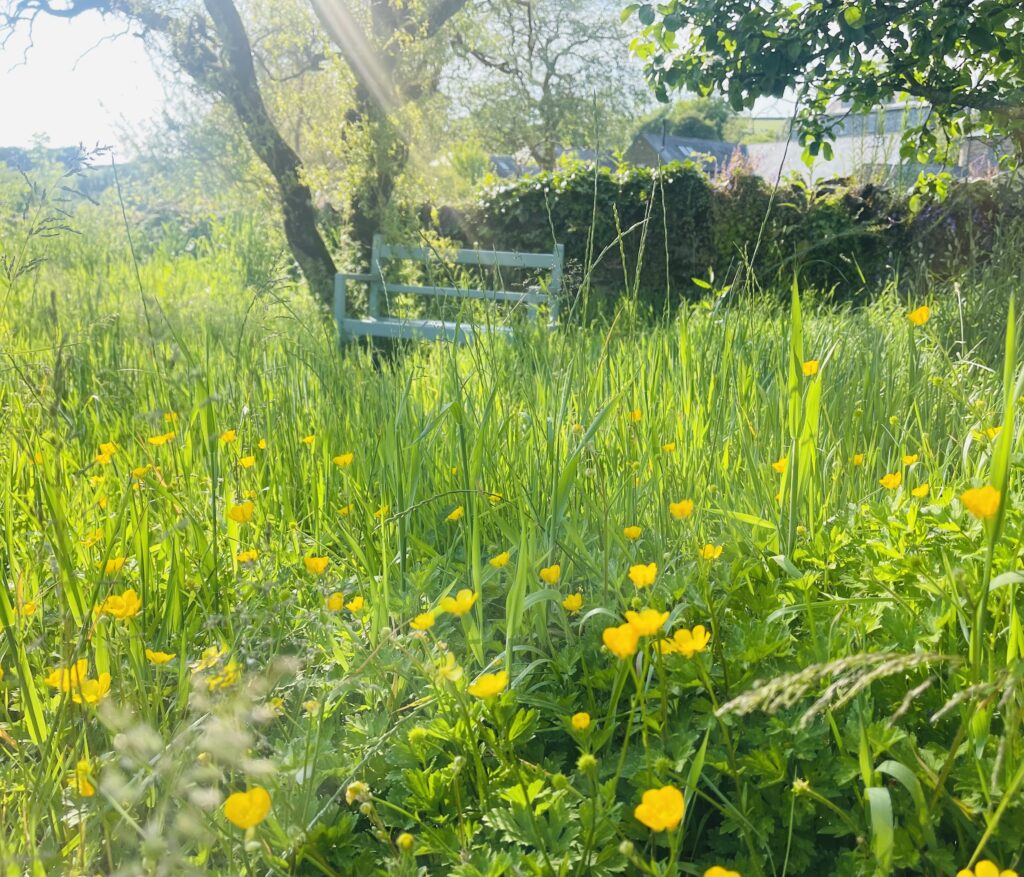
No Mow May is a fantastic initiative to engage with, attracting homeowners, businesses and local councils with its wealth of benefits. If you have enjoyed taking part, then Let it Bloom June could be a great opportunity to continue supporting your garden wildlife. This scheme simply involves continuing the No Mow May philosophy throughout the summer with less garden maintenance. You may choose to allow your entire garden to grow wild or leave some areas untouched for wildlife.
Have you taken part in No Mow May? Share your pictures with us via Twitter, Instagram and Facebook.

